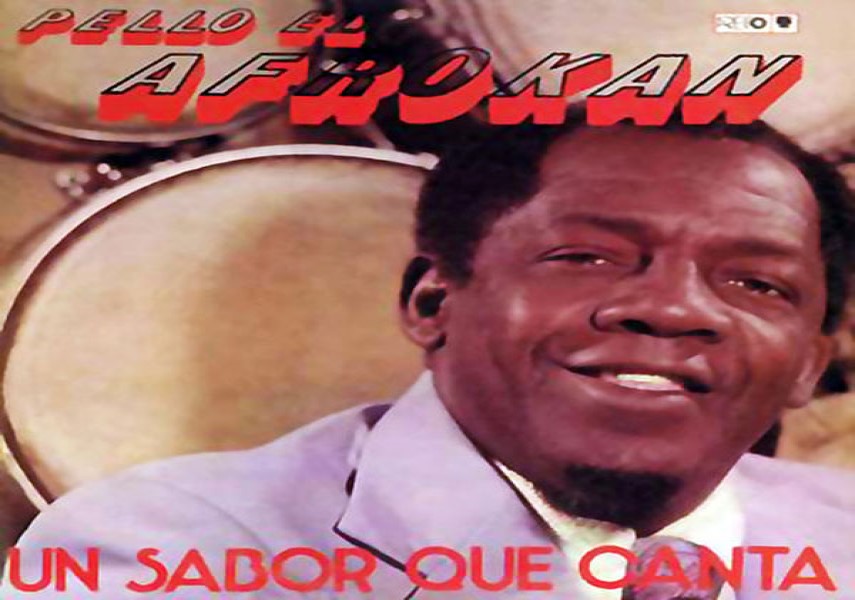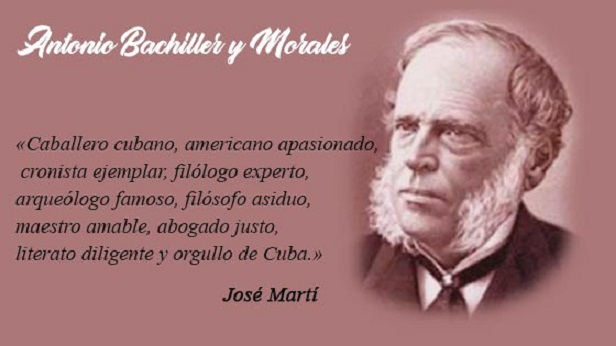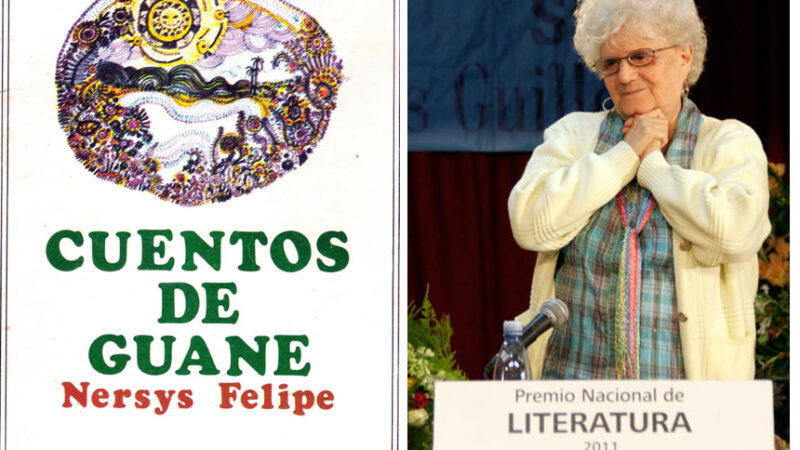Pello, El Afrokán, and His Incomparable Rhythm

Pedro Izquierdo Padrón, known in Cuba and around the world as Pello, El Afrokán, deserves to be remembered on the occasion of the 90th anniversary of his birth as one of the greatest percussionists Cuba has ever had.
Undoubtedly, his creations transcended in time, especially among dancers; his influence is undeniable in the music made today in Cuba, which responds to the unequivocal musical bases of that transcendent rhythm he called Mozambique, with strong roots in the conga and the African rhythmic power.
His peculiar way of making Cuban music and rhythm reveal the secrets of a man who gave a lot and still wanted to continue offering his people the best of his creations, especially with the magic of his drums, which still seem to beat.
He was born to make them sound. From his early teenage years in his hometown Jesús María, he grew up among the percussionists of Havana’s neighborhoods. He once confessed: «That’s the blood that runs through my veins; my father was one of the percussionists… the kings of percussion used to visit my house, and we were all one family.»
He never denied being the grandson of a black Mandinga woman and of the ‘black Curro’ (a slave and servant in Andalusia from the 15th century onwards) and percussionist Manuel Palacio, a member of Belisario López’s orchestra, from whom he inherited his belief in Afro-Cuban rituals.
In 1959, thanks to the social changes brought about by the revolutionary triumph of the first of January, he founded his own orchestra, with which he performed mainly in nightclubs.
«In 1962, I began experimenting with Cuban music and created the ‘stew’ of Mozambique. I placed twelve drums, two bass drums, three bells, a pan, and three trombones. I placed a set of five large conga drums and made them sound like a piano. The Mozambique rhythm is a fusion of styles with a dance step, like doing a tempo walk, which was later stylized by a professional choreographer.»
His Mozambique premiered on television in 1963 and quickly caught on with the youth of the University of Havana and the dance troupe of the University Student Federation, which paraded in the Havana carnivals with a float. He thrilled the whole country with his new rhythm, to the beat of drums, brass, and dancers who taught the dance techniques from the stage, which continued to accompany him until his death in 2000 and still remains today.
His popularity was great during the second half of the 1960s, with his Mozambique rhythm, which he also made known in performances in countries such as Nicaragua, Costa Rica, Colombia, Ecuador, Argentina, Venezuela, Brazil, Panama, Mexico, the United States; at the International Festival of Folk Music and Dance in Schöten, Belgium; Spain, France; Poland, the German Democratic Republic, the Soviet Union, and Japan.
Among his hit songs are Camina como cómico, Ileana quiere chocolate, María Caracoles and Mozambique número 1.
He taught percussion lessons at the School of Art Instructors, which he alternated for four years with a regular program on Cuban television.
While Mozambique and Pello’s musical work are not widely known today, the contribution of this outstanding musician to the cultural heritage of the Cuban nation is undeniable; he made Cubans vibrate to the beat of his elegant drumming.



